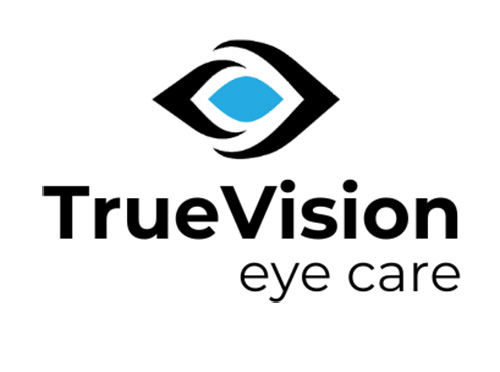Good vision is crucial for kids as it plays a significant role in their development, learning, and everyday interactions. Vision problems are very common among children and can often go unnoticed if we’re not sure what signs to look out for. In this blog post, we share some common vision issues that kids may face and how to spot them early on.
Common vision problems in children
Here are some of the most common eye conditions we may detect during an eye exam:
- Amblyopia (lazy eye): This happens when one eye is stronger than the other, causing the brain to rely on the stronger eye. It’s important to catch and address amblyopia early to avoid long-term vision issues.
- Strabismus (crossed eyes): This condition means the eyes aren’t perfectly aligned and might turn in different directions. Early treatment is key to preventing vision problems and improving eye coordination.
- Refractive errors: These include nearsightedness, farsightedness, and astigmatism. Kids with refractive errors might have trouble seeing things clearly, whether they’re up close or far away.
- Convergence insufficiency: This is when the eyes have difficulty working together when focusing on close objects, which can lead to reading challenges and eye strain.
- Color vision deficiency: Also known as color blindness, this condition makes it hard for kids to tell certain colors apart. While it’s usually not severe, it can affect learning and daily activities.
How to spot vision problems in children
Kids might not always be able to tell you if they have vision issues, so it’s important to watch for signs like:
- Squinting or closing one eye: This might mean they are trying to improve focus or reduce double vision.
- Tilting or turning the head: Consistent head tilting could be a sign of a vision problem that affects alignment or focus.
- Sitting too close to screens: If your child frequently sits very close to the TV or holds books close to their face, they might be struggling to see.
- Frequent eye rubbing or blinking: This could suggest eye strain or discomfort.
- Avoiding reading or close-up activities: Children may avoid these activities when they have a vision problem.
- Complaints of headaches or eye pain: These can be signs of eye strain or an uncorrected vision issue.
The importance of regular eye exams
Regular eye exams are crucial for catching vision problems early. At TrueVision Eye Care, we recommend scheduling your child’s first eye exam at around 6 months of age, followed by another at age 3, and then just before they start school. After that, annual exams can help ensure they have the best possible vision.
How we can help
At TrueVision Eye Care, our experienced team is ready to provide comprehensive eye exams for your child, using the latest technology to spot any vision issues early on. We’ll take the time to explain the results and discuss the best treatment options to support your child’s vision and overall development. Contact us today to schedule a children’s eye exam in Morrisville or Raleigh.
